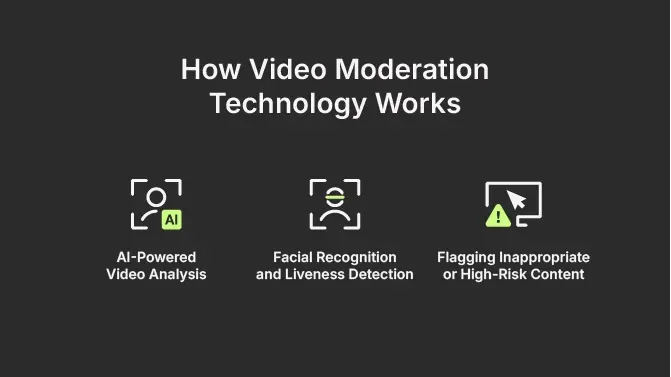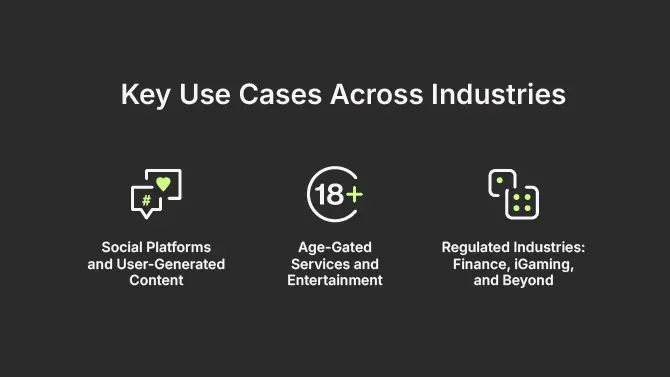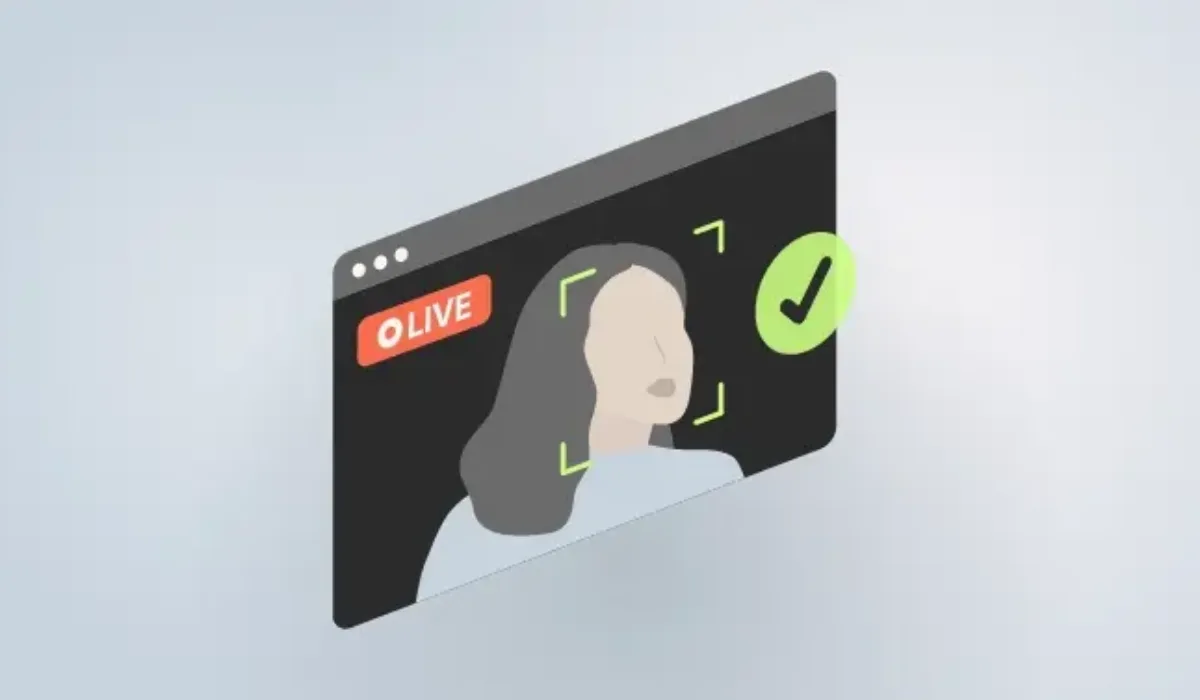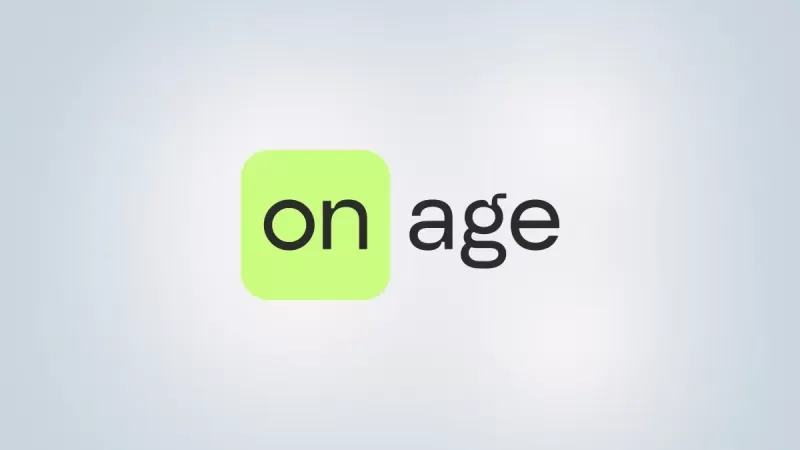As video continues to dominate online engagement, from livestreams to short-form clips to video-based onboarding, the need to monitor this content for safety, legality, and compliance has never been greater. That is why video content moderation is so important as it is a process that combines human oversight with powerful AI tools to assess and control the content that appears on digital platforms, ensuring no inappropriate content gets through.
What Is Content Moderation?
The video content moderation process involves reviewing and managing digital content to ensure it meets platform guidelines, community standards, and legal requirements. It helps prevent the spread of harmful, illegal, or inappropriate material, fostering a safer digital environment.
While moderation once focused mainly on text and images, the rise of video has added complexity. Videos contain layered content—visuals, audio, speech, and motion—that require more advanced analysis. Platforms now rely on AI and human moderators to assess everything from livestreams to video-based ID checks.
Today, content moderation plays a vital role beyond social media, supporting compliance, fraud prevention, and safety in sectors like finance, gaming, and online services. The market is expected to grow to USD 40 billion by 2032.
Why Video Moderation Matters for Digital Platforms
Video has become one of the most powerful and persuasive forms of content online. Its ability to engage, influence, and reach wide audiences makes it a valuable asset, but also a significant liability when left unmoderated. Unlike static content, video is dynamic, fast-paced, and often layered with audio, visuals, and speech, making it more difficult to monitor effectively and in real time.
The risks associated with video content are heightened by its immersive nature. Harmful or inappropriate material, such as violence, misinformation, or illegal activity, can spread rapidly, especially in live streams or user-generated uploads. These violations not only pose safety concerns but can quickly escalate into public backlash or regulatory scrutiny.
A single unmoderated video can result in legal repercussions, fines, or platform bans under laws like the EU’s Digital Services Act, the Kids’ Online Safety Act or the UK’s Online Safety Act. More critically, it can force companies to lose user trust, drive away advertisers, and damage brand reputation.
Video is also playing an increasingly central role in operational processes, particularly in regulated industries publishing restricted content. Digital onboarding, identity verification, customer support, and dispute resolution often rely on video submissions.
In this context, companies must moderate video content and flag inappropriate content as it has become a strategic necessity. It allows platforms to maintain safe environments, comply with legal standards, and ensure that critical video-based workflows are secure, accurate, and fraud-resistant.
How Video Moderation Technology Works

Modern video moderation isn’t just about watching clips. It’s a technologically sophisticated process powered by machine learning, biometric authentication, and real-time analytics. Here’s how the core components function:
AI-Powered Video Analysis
Machine learning models trained on massive datasets can analyze video content frame by frame. These systems detect patterns, identify objects, recognize speech, and even assess emotional tone. AI helps scale moderation across millions of videos, flagging potential issues faster than human teams ever could.
Facial Recognition and Liveness Detection
In identity-related video workflows, facial recognition is used to confirm that a face matches an ID document or a known profile. Liveness detection ensures that the person in the video is real and present—not a deepfake or a spoof. These technologies help prevent fraud and build trust in digital interactions.
Flagging Inappropriate or High-Risk Content
Automated systems can detect nudity, violence, self-harm, or hate symbols, instantly flagging videos that breach guidelines. In high-risk contexts like livestreaming, this enables near real-time intervention, often pausing or cutting the stream if violations occur.
Video Moderation for Age and Identity Assurance
Beyond content safety, video moderation is also used to verify that users meet age and identity requirements. Age assurance mechanisms can detect if a person appears underage or if an adult is impersonating a minor. Combined with identity checks, these tools are critical for platforms offering age-restricted services, ensuring that users are who they claim to be.
Key Use Cases Across Industries

The need for video moderation spans a wide range of industries and applications.
Social Platforms and User-Generated Content
Social media platforms rely heavily on video moderation to police user behavior and maintain a safe online environment. With millions of uploads daily, automated moderation tools help platforms remain compliant with international content laws and internal safety standards.
Age-Gated Services and Entertainment
Streaming services, online gaming platforms, and adult content providers must ensure that their audiences meet legal age thresholds. Video-based age verification, combined with content filters, helps meet these requirements without introducing unnecessary friction into the user experience.
Regulated Industries: Finance, iGaming, and Beyond
Banks, crypto platforms, and online betting services often use video as part of Know Your Customer (KYC) procedures. Video moderation in these cases ensures that onboarding sessions are legitimate, compliant, and free of suspicious behavior. It also serves as a deterrent against identity fraud and synthetic account creation.
Challenges and Considerations in Video Moderation
As advanced as current systems are, video moderation still comes with technical and ethical challenges.
False Positives and AI Bias
AI models can sometimes overcorrect, flagging harmless content as dangerous or missing subtle forms of abuse. These false positives can frustrate users and disrupt platform operations. Bias in AI training data can also lead to uneven enforcement, especially across different demographic groups.
Privacy, Consent, and Ethical Concerns
Moderating video often involves analyzing personal information, including faces, voices, and behavioral cues. Ensuring that users understand how their videos are processed—and giving them appropriate controls—is essential for building ethical, privacy-respecting systems. Regulatory frameworks like GDPR and the Digital Services Act make this a legal necessity as well.
Last Thoughts
As video becomes more embedded in our digital lives, the stakes for moderating it continue to rise. Whether for safety, compliance, or user trust, video moderation is no longer optional—it’s foundational. By blending AI precision with human oversight, platforms can navigate this evolving landscape responsibly, protecting both their users and their business.







